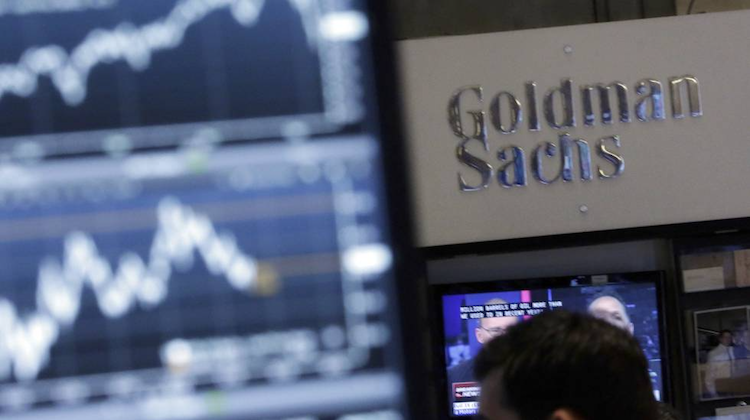Blockchain and Crypto
What Goldman’s crypto trading plans mean for other banks
- If regulatory clarity is what’s holding back finance firms from participating in crypto asset markets, having firms like Goldman trying to clarify that should speed up regulators’ process of formalizing their views
- Regulatory clarity could lead to a significant acceleration in the size and growth of the overall crypto asset and token markets in the U.S. and abroad








